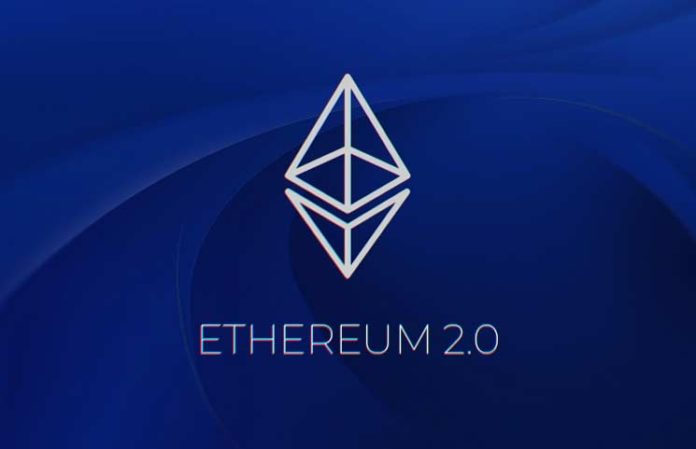
His new proposal, nicknamed "ReGenesis", published on EthResearch on June 24, would bring the search for stateless customers within the current Ethereum chain (also known as Eth 1.x) by "bombing" some states of the node and exchanging them with a mathematical test on a mobile basis. In other words, the idea is to make Ethereum's dataset scalable with minimal security sacrifices.
ReGenesis
"Bombing" the blockchain is not a new idea. It was already mentioned in the Ethereum yellow paper (quotation of crypto) by co-founder Gavin Wood. Akhunov said he drew inspiration for his interpretation of ReGenesis from Cosmos, which has undergone a similar procedure several times to make the chain "lighter".
"I call this [relaunch] ReGenesis, and it can be done regularly to ease the burden on non-mining knots." Akhunov wrote. Supporting stateless clients - i.e. nodes that would bring as little state information as possible to verify transactions - was a primary goal of Eth 2.0 in order to reduce data tensions on Ethereum nodes.
Akhunov's proposal functions as a video game checkpoint. Whenever the Ethereum blockchain hits a certain block number, the network is automatically saved. So it would eliminate all its progress by leaving a "proof" or "witness" of all past transactions. Autosave could therefore be archived on other networks such as BitTorrent, Akhunov said.
This checkpoint system is already used in several ways to bring new nodes online, for example in Beam synchronization. Akhunov's proposal is intended for Etheruem's current Proof-of-Work (PoW) blockchain. But it operates on assumptions inspired by Buterin's thoughts on Proof-of-Stake (PoS) by sealing the network into "complete nodes" and "stateless clients" that are based on external evidence.
"Bombing" or "pruning"?
An expert on the client problem of the Ethereum Geth Péter Szilágyi Foundation pointed out, however, that ReGenesis does not technically reduce the state. "Prune" only the chain. In other words, Szilágyi is saying that some parts will still have to keep a complete copy of the state regardless of Akhunov's evidence.
In addition to problems with processing speed and a possible vulnerability in Distributed Denial of Service (DDOS), many decentralized applications (dapp) such as Web 3.0 browsers may have difficulty operating without "Restarting," said Szilágyi. In order to work, many dapps need to be in full state and not just a trial.
“Ultimately, it always comes down to what you can afford to eliminate. If the Ethereum ecosystem allows us to eliminate old blocks or old registries, it is possible to obtain a loooot. Otherwise - and Ethereum sponsored them so that nothing gets eliminated - we have problems, "said Szilágyi.
